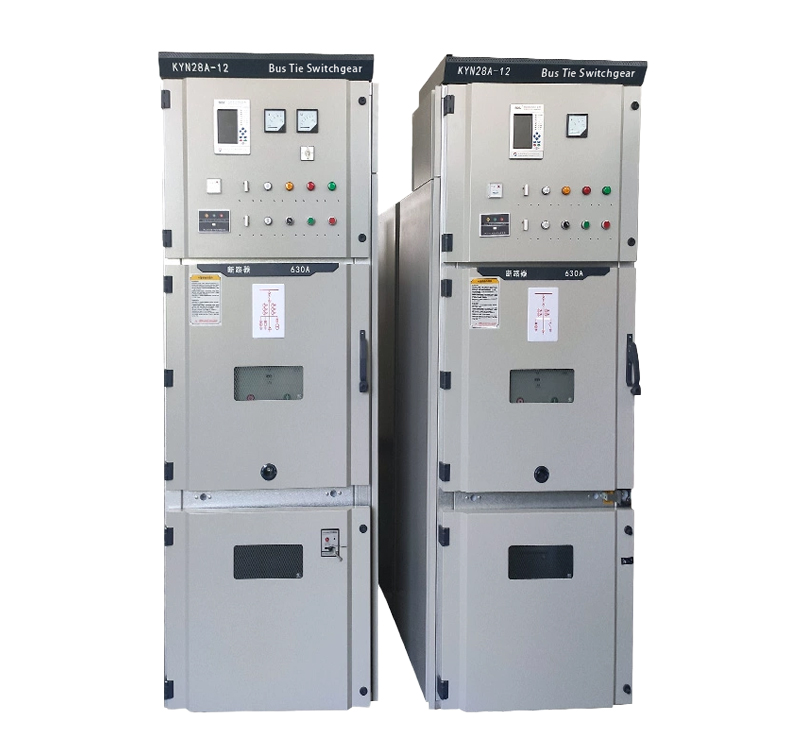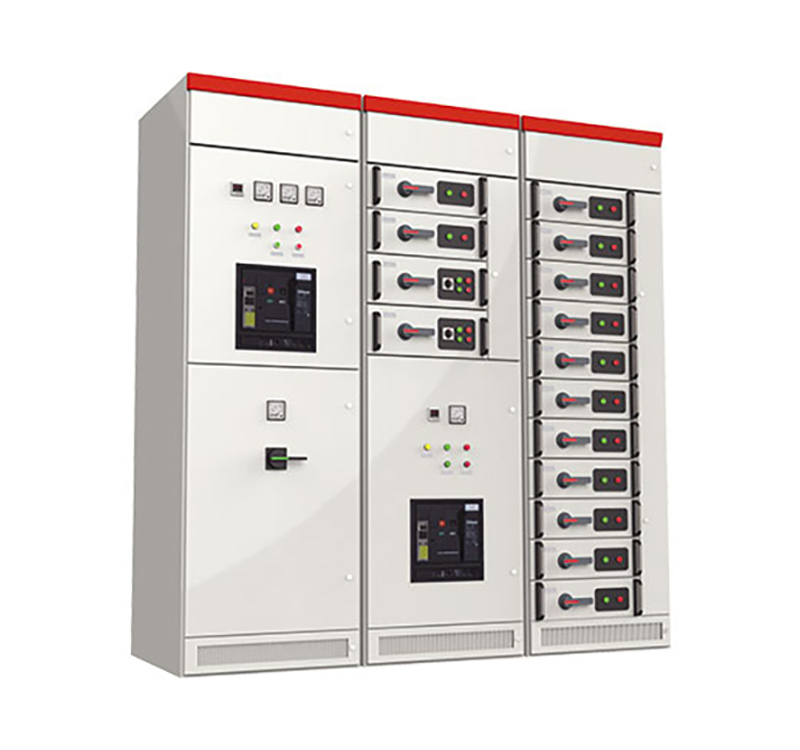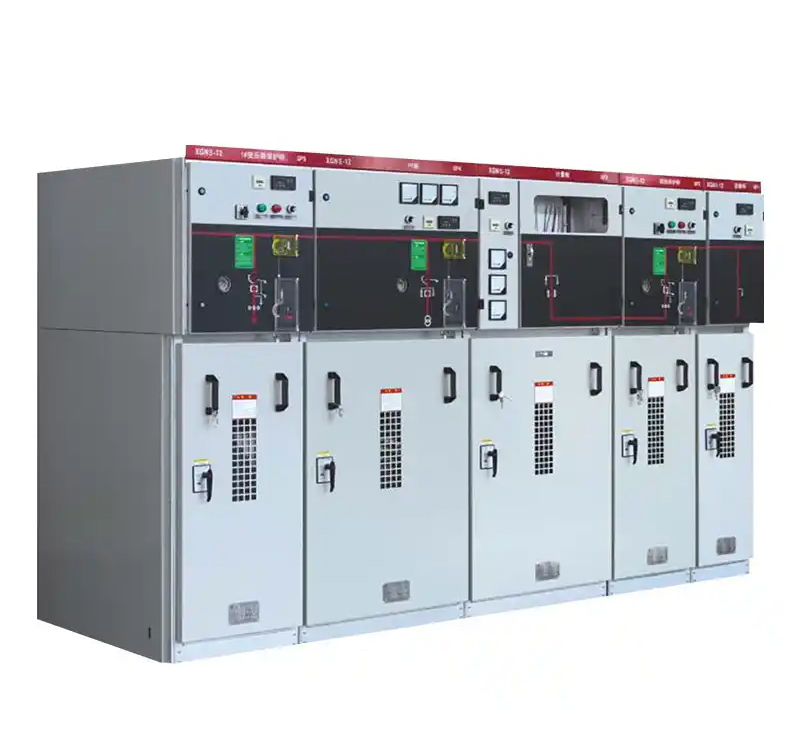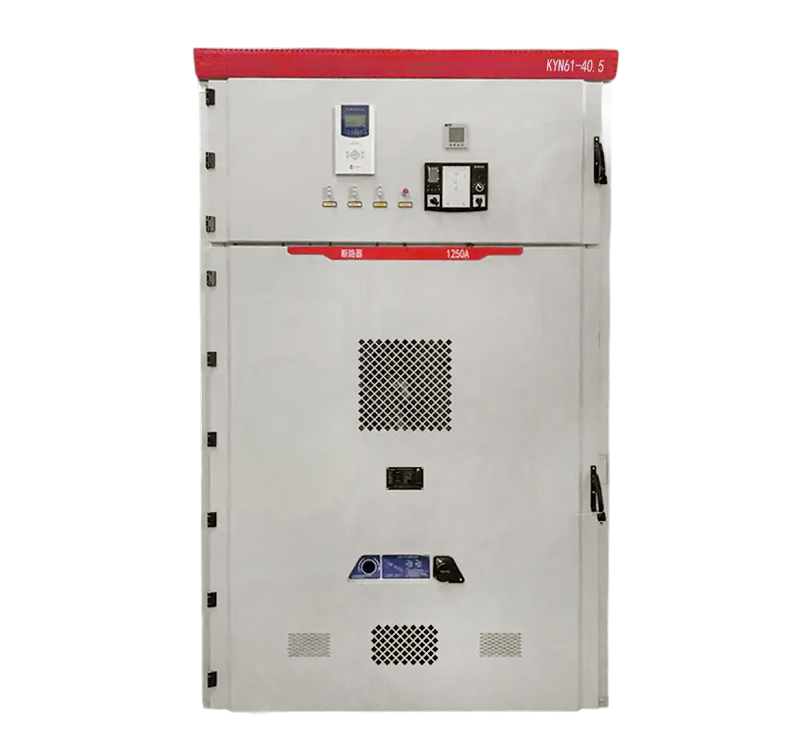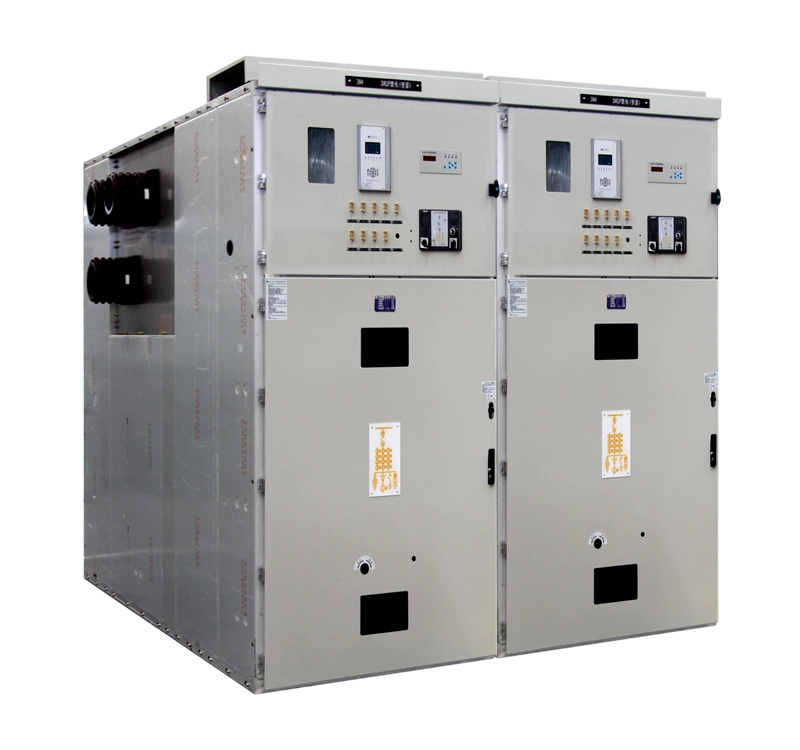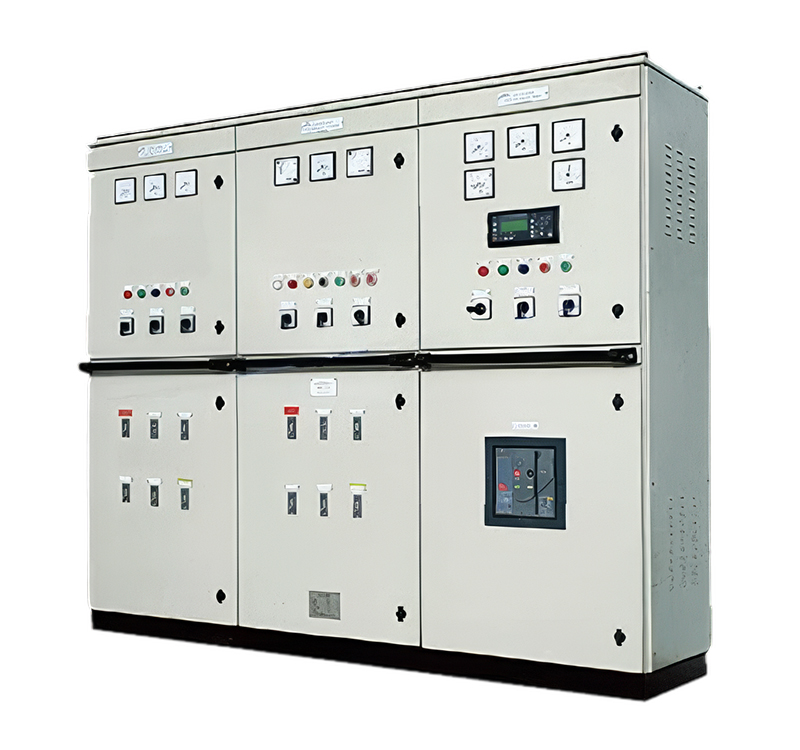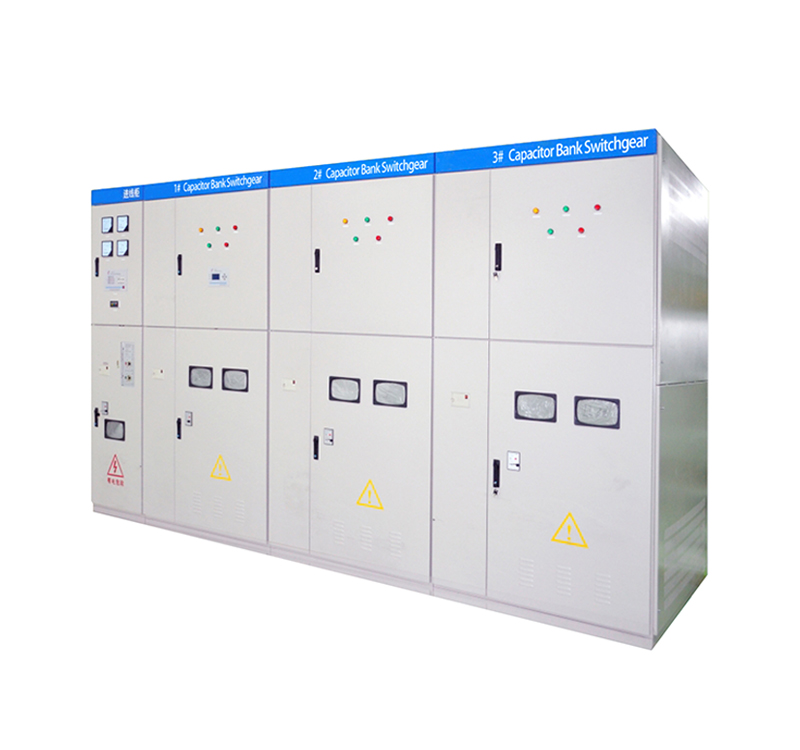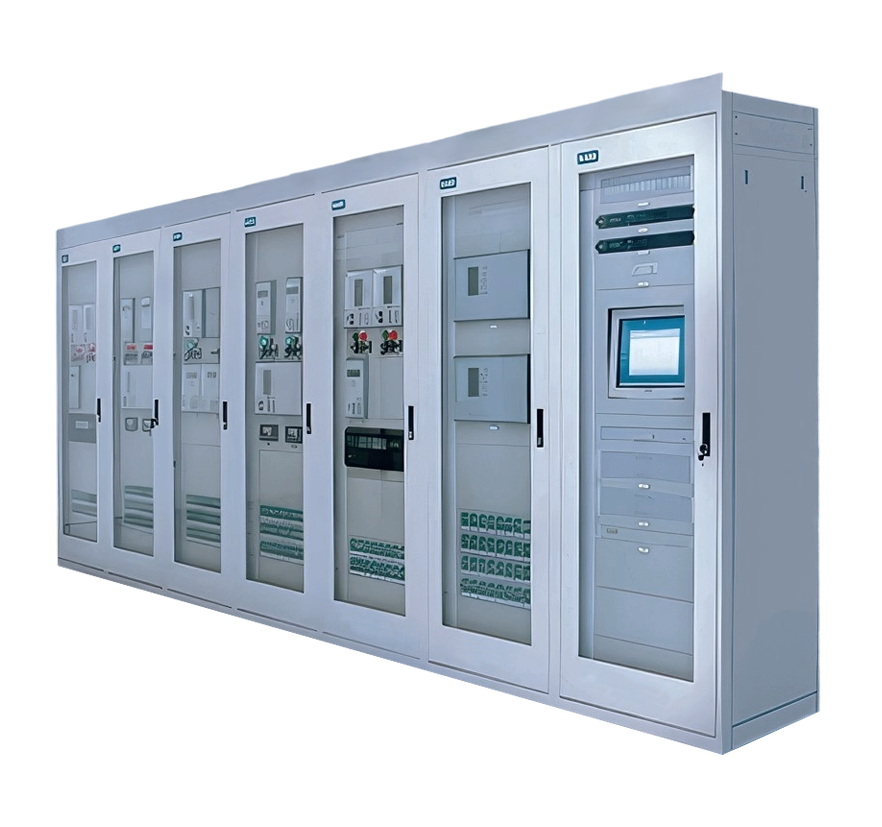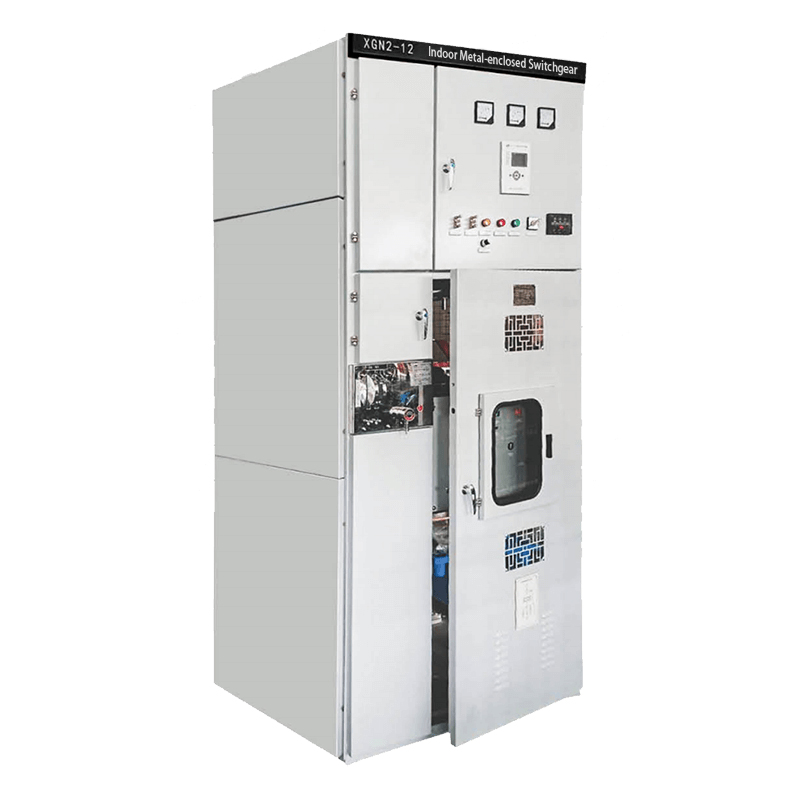
Enhancing development quality and transitioning from the previous extensive economic growth model to intensive, high-quality development are equally crucial for the evolution of switchgear.
The switchgear industry suffers from severe homogenization, with low-quality products proliferating unchecked through simple repetition, competing solely on price and cost while neglecting quality. This approach consumes vast material resources without regard for sustainability, prioritizing short-term compliance over long-term reliability.
The quality embodied by new quality productive forces is comprehensive, aligning with dual-carbon goals and the new power system. Technological innovation in switchgear must focus on environmentally friendly, low-carbon, system-integrated, and intelligent products that reduce resource consumption, land use, and energy waste while offering flexibility and ease of use. These advancements must meet the demands of new energy production, distribution, and consumption, support digitalized and new industrial development, accommodate decentralized economic models, and ensure reliable, economical power for daily life.
SF6-free equipment is essential but should not rely heavily on epoxy resin, given its high energy consumption during production and challenges in dismantling and reuse at end-of-life, which contradict sustainable development principles. Intelligentization requires integrated smart components, and innovation in collaborative design between instrument transformer manufacturers and switchgear assembly plants is necessary to enable smart applications.
High-voltage, high-current flexible power equipment should maximize the use of superconducting conductive components to minimize heat generation and energy loss. Technologies such as vacuum rotating arc extinction, high-speed electromagnetic actuation, precision control, and integrated intelligence enhance environmental adaptability. Cylindrical, box-type, and multi-layer structures allow flexible configurations to meet diverse applications, including offshore wind power and other new energy scenarios.
Systematic, compact, and integrated solutions—such as comprehensive energy systems, new energy box-type substations, and eco-friendly gas-insulated boundary units—require greater environmental sustainability, intelligence, and miniaturization. Key areas for improvement include bidirectional metering, multi-level protection, multi-energy complementarity, AC-DC integration, and flexible load control via “four remote” functions, offering significant potential for advancement.
Flexible installation options—such as box-type, buried, skid-mounted, and pole-mounted configurations—along with adaptable primary connection methods (e.g., bypass, bus tie, and multi-source arrangements) cater to various application scenarios. Secondary wireless communication enables plug-and-play operation without field wiring, while low-energy trip coils reduce power consumption.
The substitution of mineral transformer oil with vegetable oil is critical. Mineral oil, derived from petroleum distillation, contains heavy metals harmful to the environment and vegetation. Seed-based oils offer a green alternative, integrating switching and transformation functions in an environmentally resilient, non-flammable, and safe design.
Smart transformer districts, highly integrated and intelligent with strong environmental adaptability, are applicable not only in State Grid systems but across all segments of the distribution network. For industrial and mining load centers, delivering high voltage directly to the load center reduces intermediate links, lowers energy consumption, and enhances reliability.
Arc flash protection and high-speed switching technologies mitigate severe short-circuit faults by containing arc flash energy within system-tolerable thermal and mechanical stress limits, maximizing equipment functionality and utilization.
End-users benefit from flexible, integrated frequency converter control equipment, which provides precise, energy-efficient solutions for industrial control, extends device lifespan, and ensures stable, low-power operation. For smart homes, user-friendly designs that ensure power distribution safety and prevent electrical fires are essential. Replacing traditional mechanical devices with electrified, intelligent solutions—featuring enclosed arc extinction components, rapid switching, long service life, vacuum tube-based permanent magnet balance systems, and integrated current/voltage monitoring—enables compact, safe, and maintenance-free operation with minimal components.
New quality is not about simple repetition or incremental additions to existing products but represents a transformative leap from quantitative change to qualitative innovation—a fundamental breakthrough in quality and functionality.
